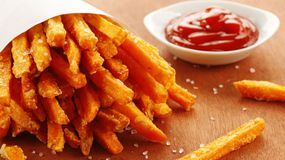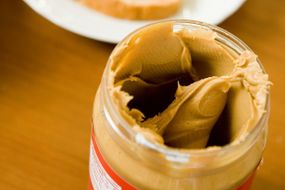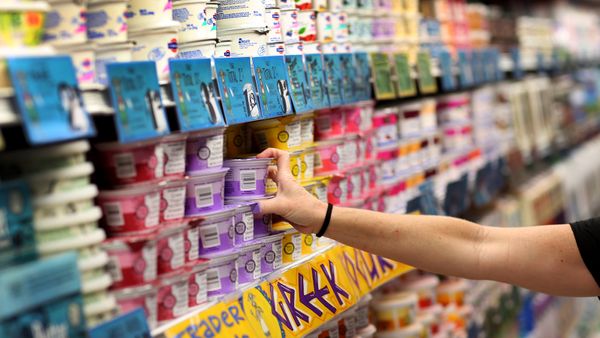A lot of people turn to cauliflower crust in an effort to lighten up an old favorite, pizza. It makes sense, too. A vegetable has to be better than bread, right? Sadly, not so much. "These crusts often use things like cheese and fats to bind the crust, so while it's (probably) low carb, it's not low cal," explains Jim Mumford, food and recipe writer for the blog Jim Cooks Good Food. Indeed, one slice of cauliflower pizza crust contains 16 percent of your daily cholesterol, 14 percent of your daily saturated fat, 84 calories and 47 percent of your daily sodium.
There are other reasons it might be best to stick to the original, rather than trying to fake your brain out. "By making a 'healthy food swap' you might be depriving your body of key nutrients — making your health suffer," says nutrition coach and personal chef Samantha Eaton in an email interview, adding that carbohydrates and healthy fats are often the first on the dietary chopping block.
Eaton notes that cauliflower has a litany of great health benefits, but replacing a much-loved carb with a veggie may not be the best idea. "Carbohydrates are your body's primary energy source. When we don't eat enough, it's common to experience things like low energy, headaches, constipation or diarrhea, sleep issues, cravings for sugar/white carb foods, and weight loss resistance," she explains. "If the 'healthified version' of a food doesn't taste as good to us as the original version, we won't get as much pleasure from it. We then feel deprived, and are more likely to have cravings and overeat in that moment and/or later to feel satisfied."
A better idea is to opt for thin-crust pizza with tons of veggie toppings and skip the calorie-laden meats. The nutrition profile is actually better than a cauliflower crust pizza.





